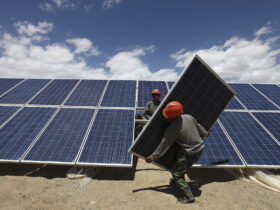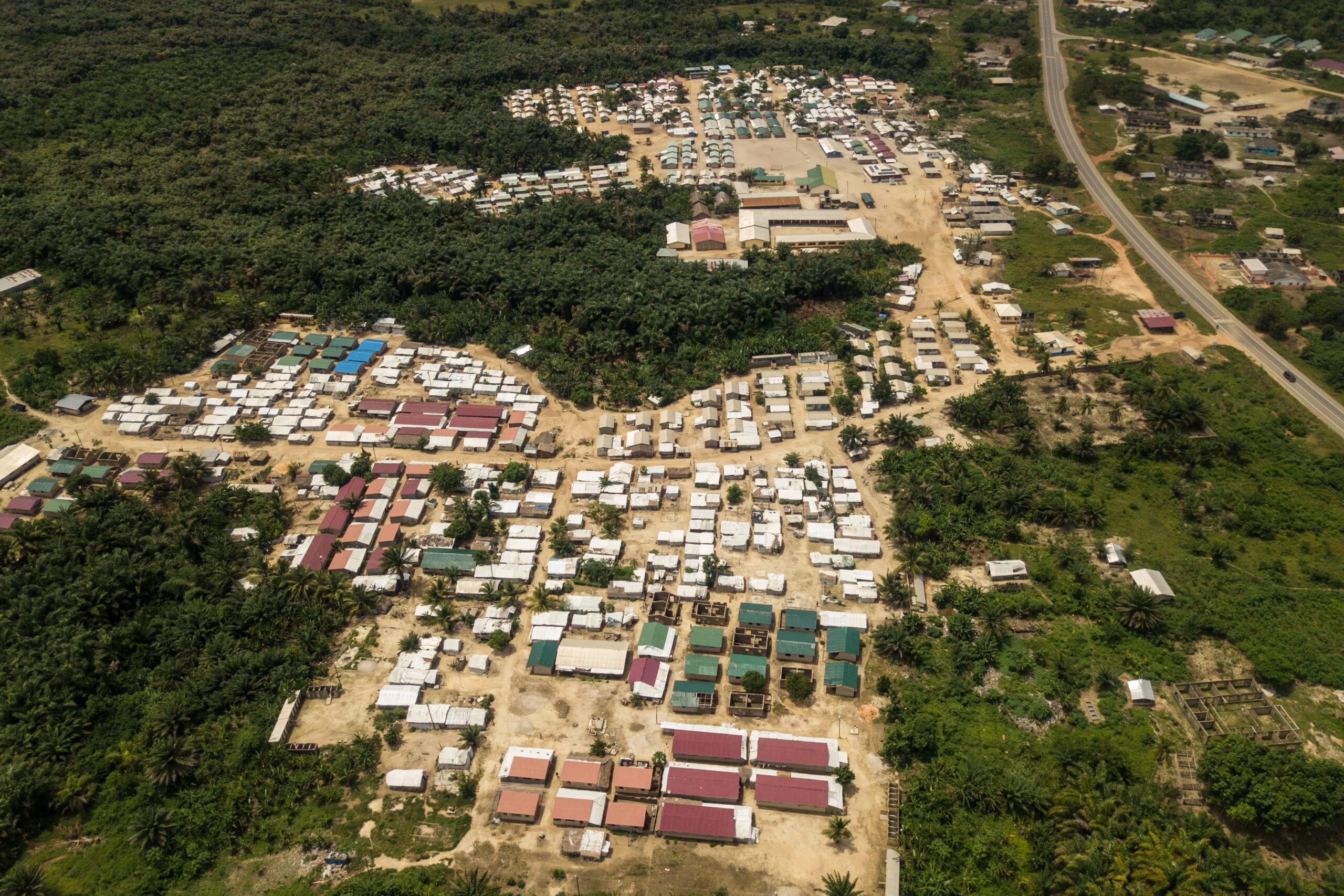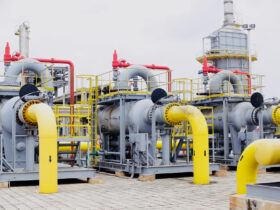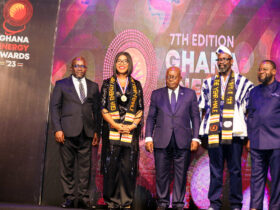
The World Bank’s April 2023 Africa Pulse Report has rated Ghana as the first country in Sub-Saharan Africa with the highest access rate to electricity. The country beat contemporaries such as South Africa, Kenya, and Nigeria to clinch the top position with an 81.2% score.
Cote D’Ivoire, Kenya, Senegal, and Nigeria followed in the ranking with scores of 77.0%, 76.0%, and 73.5%. Nigeria, Rwanda, and The Gambia placed 5th, 6th, and 7th also with scores of 69.1%, 65.0%, and 61.0%.
The Report, which assessed electricity access rates between 2015 and 2021, also indicated that Ghana, together with Rwanda, and Kenya were on track to realise a full access by 2030.
Electricity access challenges in Africa
In 2022, 600 million people in Africa – about a 43% share of the continent – lacked access to electricity. About 590 million or 98% of this figure is in Sub-Saharan Africa. According to the report, this poses serious development challenges on this part of the continent.
Although progress is being made in some regions, the World Bank believes more has to be done. “Africa’s rapidly growing population has translated to energy demand increasingly, outstripping supply. At present, Africa has 18 per cent of the world’s population but less than six per cent of global energy consumption,” the report said.
It pointed out that the COVID-19 pandemic had a significant negative impact on access to electricity, eroding gains made in the previous five years.
“The pandemic eroded gains made in the preceding five years—the number of people without access to electricity increased by 4% in 2021, compared to 2019. This was the result of compounding challenges, including (1) limited fiscal and financial capacity to develop new grid and off-gird connections by both governments and households, and (2) lockdowns resulting in supply chain disruptions and other logistical disruptions,” it said.
In Ghana, Kenya, Rwanda, Senegal, and Côte d’Ivoire, however, the numbers remained stable or decreased. According to the report, the pandemic had the greatest impact on the installation of new stand-alone off-grid systems, as the majority of new connections since 2020 were grid connections.
Between 2019 and 2021, however, sales of independent solar home systems, which include solar panels and batteries with a capacity of at least 20 watts, fell roughly by 20% in Sub-Saharan Africa.
Ghana
In 2015, the country’s access to electricity stood at 75%, subsequently witnessing more than a 5.0% increase between then and 2021. As at 2021, the access rate pegged at 86.63% with more than 50% of rural residents and 91% of urban residents connected to the electricity grid.
Ghana’s electricity supply is derived mainly from hydropower generated from the Akosombo, Bui Power and Kpong dams, and 10 thermal plants at Aboadze in Western Region. Currently, almost all accessible parts of the country are grid connected, leaving mostly far-off and quite remote areas which make up the remaining unconnected 13%. Access rates in 2009 stood at 66.7%, and 85.2% in 2020.
The current rate can be attributed to several efforts over decades by successive governments. The National Electrification Scheme of 1989 was part of reforms designed at the time to spearhead the achievement of universal electricity access to all Ghanaians by the year 2020. Then came programmes like the Self-Help Electrification Programme-SHEP, which allowed indigenous communities to assemble the resources necessary to get connected to the grid.
Source: Energy Ghana













Leave a Reply